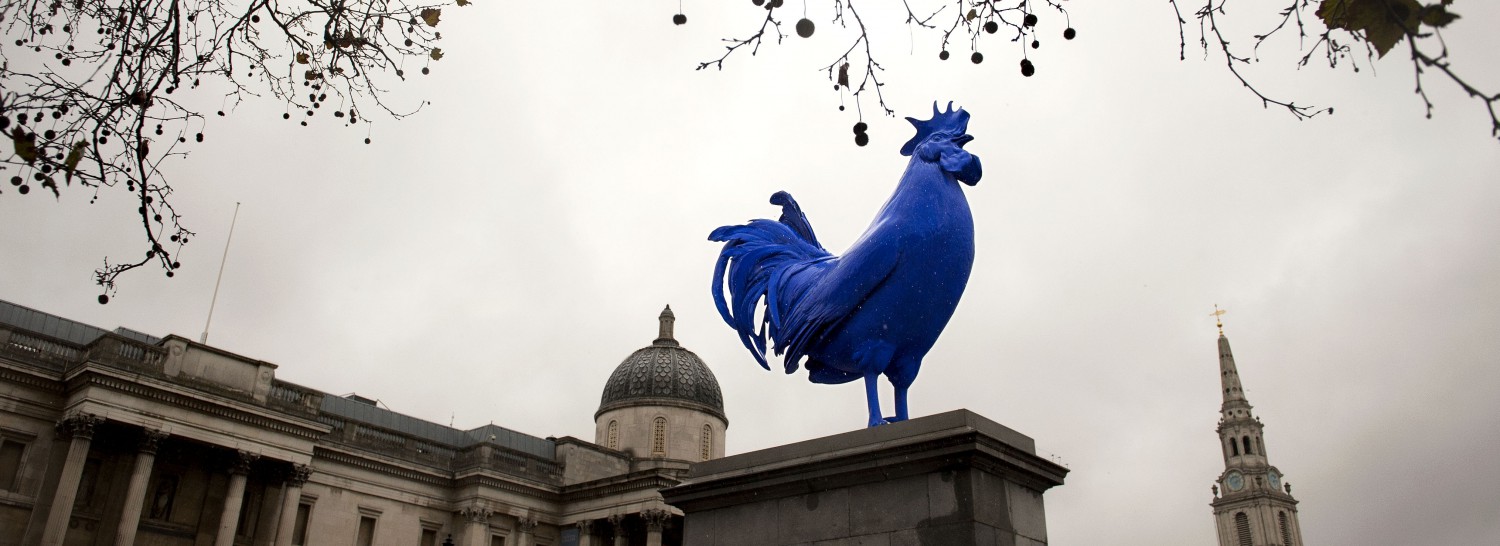“Pictorial Experience and the Perception of Rhythm”
5 October 2016; 1600-18:00
Senate House – Room G34
Abstract:
While paintings and other examples of graphic art such as drawings and engravings are frequently described as rhythmic, or as possessing rhythmic features, it is far from clear how such observations are to be understood. The central problem here is that rhythm is standardly recognised to be an inherently temporal phenomenon: rhythmic structure or organisation unfolds in time. If rhythm is essentially durational, how can a static configuration of marks and lines be rhythmic? I propose that in order to answer this question we need to take into account not only the shapes and marks themselves, and the way in which they are ordered, but also the kind of experience the array can stimulate in the viewer. However, with reference to examples of both representational and abstract art, I defend the sceptical conclusion that although pictorial experience takes place in time, and thus is successive, it cannot be temporally structured in a sufficiently determinate manner to sustain the attentional focus required for the communication of even simple rhythmic patterns.
